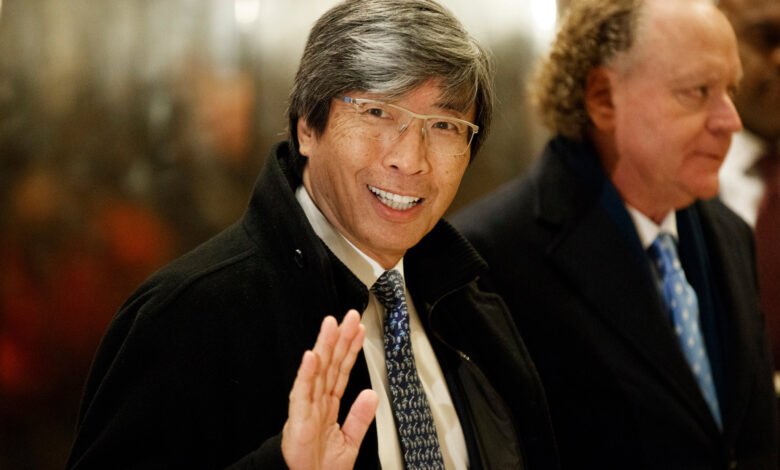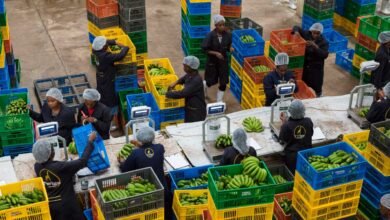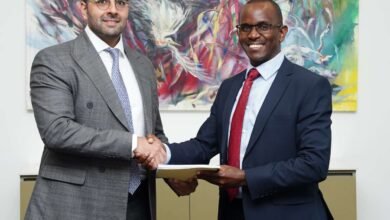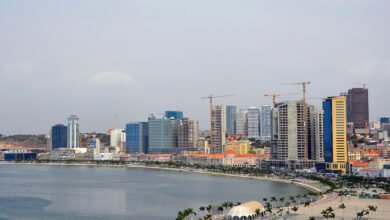
The Los Angeles Times may soon go public, potentially joining the ranks of publicly traded media companies such as The New York Times Co. and its former parent, Tribune Publishing Co., according to Los Angeles Times.
It would offer investors a rare chance to own a piece of one of California’s oldest and most influential news organizations, based in the wealthiest state in the U.S.
“We’ll allow it to be democratized and allow the public to have ownership of this paper,” said owner Dr. Patrick Soon-Shiong during a recent appearance on The Daily Show.
The South African-born Soon-Shiong, a billionaire surgeon, biotech entrepreneur, and media investor, acquired the Los Angeles Times in 2018 for $500 million through his firm, Nant Capital. Since taking over, he has worked to steady the newsroom after years of internal strife and waning morale under prior ownership.
Also Read: Government Explores IPO for Kenya Pipeline at NSE
While details remain scarce about the initial public offering (IPO), Soon-Shiong said he is collaborating with an organization to finalize the IPO structure, which is expected to roll out over the next year.
Should the listing proceed, it would mark a new era for the publication, shifting the legacy American media companies seeking investor backing as they navigate digital transformation.
However, Soon-Shiong’s tenure has not been without controversy.
The South African-born billionaire has drawn scrutiny for his perceived political influence over the newsroom.
During the U.S. presidential election cycle, he reportedly urged the Times’ editorial board to “take a break” from covering President Donald Trump, and later blocked the board from endorsing Kamala Harris—a move that led to several editorial resignations and subscription cancellations.
Soon-Shiong defended his request, saying he believed an endorsement could further divide an already polarized readership. His stated vision is to shape the Times into a more “fair and balanced” publication.
Critics, however, argue that such interventions raise concerns about editorial independence. His appearance alongside President Trump at a Saudi Arabia business summit, where top U.S. executives met with the former president, further amplified questions about his political proximity and influence.






Keep functioning ,fantastic job!
**mind vault**
mind vault is a premium cognitive support formula created for adults 45+. It’s thoughtfully designed to help maintain clear thinking